9 Sneaky Health Issues In Cats That Often Go Unnoticed

Cats are masters of disguise when it comes to hiding illness. Our feline friends have inherited an evolutionary trait to mask weakness, making it challenging for even attentive pet parents to spot health problems.
Recognizing subtle changes in your cat’s behavior or appearance could mean the difference between early intervention and serious complications.
Dental Disease
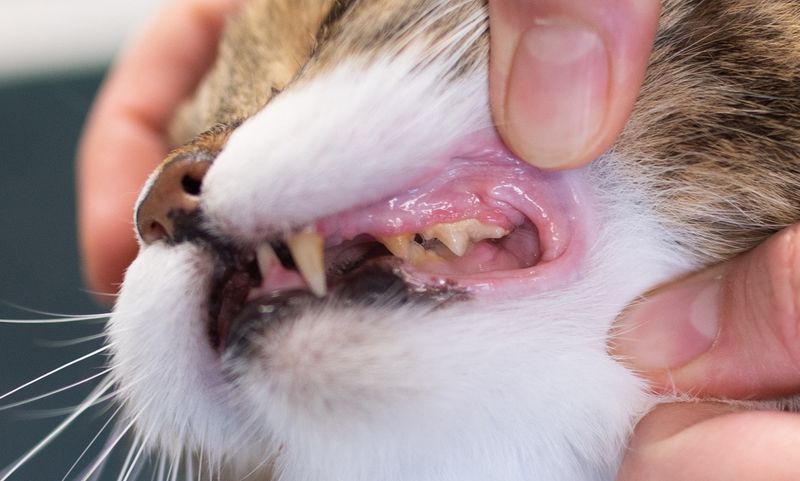
Your cat might be suffering silently with painful teeth or gums while continuing to eat normally. Felines instinctively hide discomfort to avoid appearing vulnerable.
Look for subtle signs like bad breath, reluctance to eat hard kibble, or pawing at the mouth. Many owners mistake these for normal cat behavior.
Without treatment, bacteria from dental disease can enter the bloodstream and damage vital organs like the heart and kidneys. Annual dental check-ups are essential for prevention.
Hyperthyroidism

Those extra pounds mysteriously melting away despite your cat eating like a champion? It’s not a metabolism miracle—it could be hyperthyroidism, a common endocrine disorder in older cats.
An overactive thyroid gland creates a deceptive picture: voracious appetite coupled with weight loss. You might notice your previously calm kitty becoming unusually restless or developing a scruffy coat.
Left untreated, this condition strains the heart and can lead to dangerous high blood pressure. Regular vet visits after age 7 help catch this sneaky condition early.
Chronic Kidney Disease (CKD)
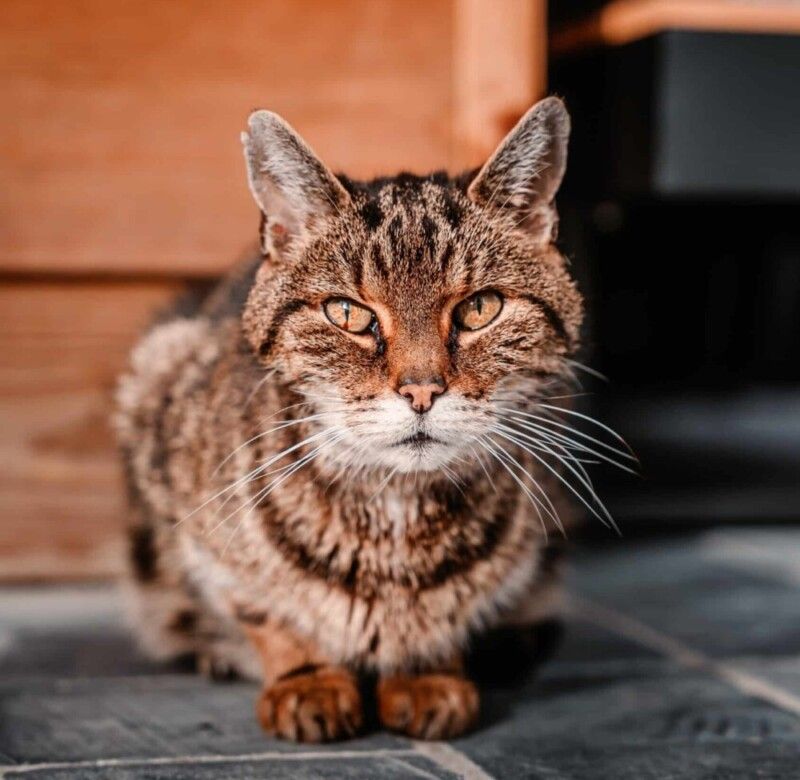
By the time most owners notice something’s wrong, their cat’s kidneys have often lost significant function. The early stages of kidney disease progress quietly, with symptoms so gradual they’re easy to miss.
Watch for increased water consumption and more frequent litter box trips. Your cat might also develop a dull coat or show decreased interest in favorite activities.
Kidney disease can’t be cured, but early detection dramatically extends quality life. Blood tests during routine checkups can identify problems before obvious symptoms appear.
Arthritis (Degenerative Joint Disease)
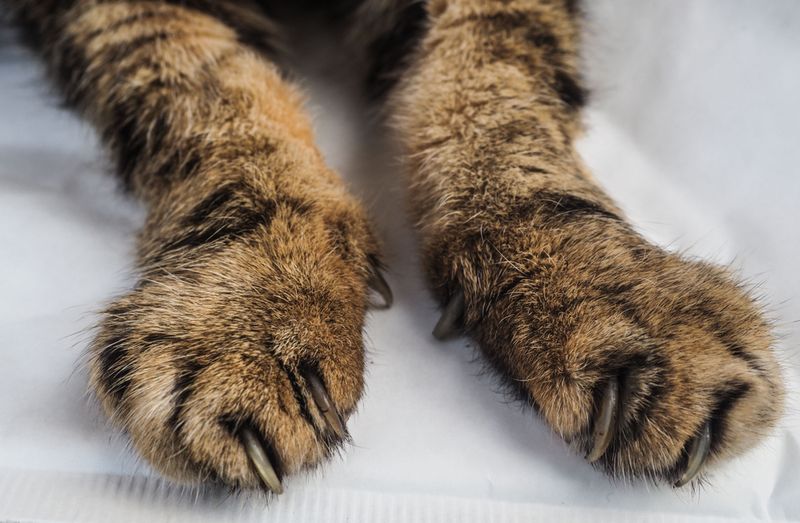
Remember when your agile feline would effortlessly leap to high perches? Arthritis doesn’t announce itself with obvious limping in cats—instead, they simply modify their activities.
Your once-acrobatic companion might now hesitate before jumping or take stairs one careful step at a time. Morning stiffness after long naps or avoiding previously enjoyed activities signals potential joint pain.
Many owners mistakenly attribute these changes to “just getting older” rather than a treatable condition. Modern pain management options can significantly improve comfort and mobility.
Diabetes Mellitus

Excessive thirst might seem harmless, but paired with weight loss despite a healthy appetite, it’s a classic diabetes warning sign. Cats develop a form similar to type 2 diabetes in humans.
Observant owners might notice more frequent litter box cleaning or unusual weakness in their cat’s back legs. The litterbox may also contain larger, stickier clumps than before.
Without proper management, diabetes can progress to a life-threatening emergency called ketoacidosis. With early diagnosis, some cats can even achieve remission through proper diet and medication.
Hypertension (High Blood Pressure)
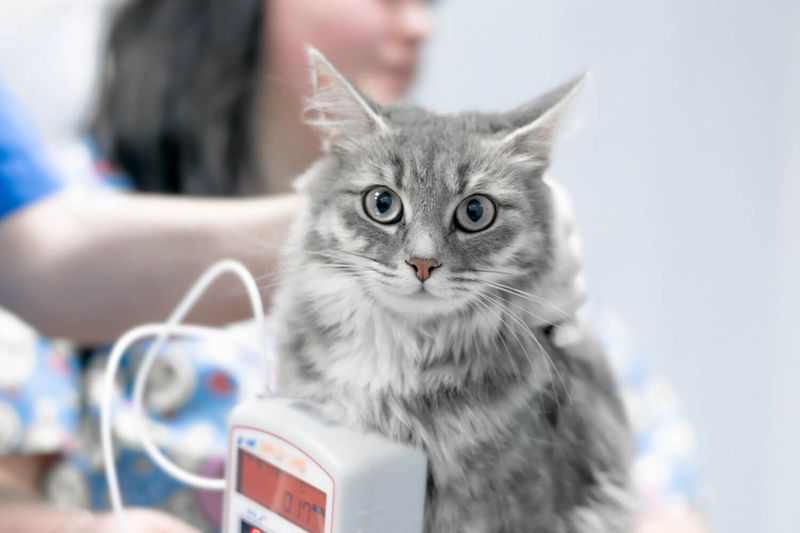
Silent and invisible until something serious happens—that’s feline hypertension in a nutshell. Your cat won’t show obvious signs until the condition has already damaged vital organs.
The first symptom might be sudden blindness from detached retinas or strange behavior from mini-strokes. By this point, the blood pressure has likely been elevated for months.
Regular blood pressure checks become increasingly important as cats age, especially for those with kidney or thyroid conditions. Medication can effectively manage this condition when caught early.
Feline Lower Urinary Tract Disease (FLUTD)
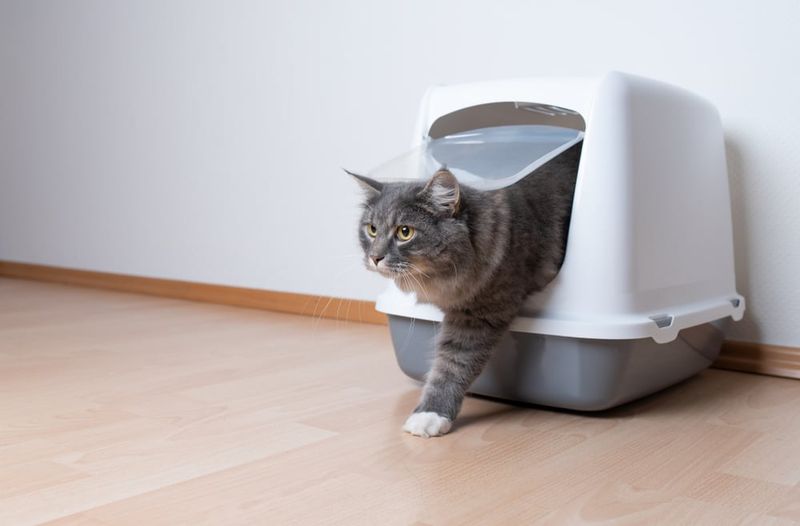
Finding unwelcome puddles around the house? Before assuming it’s behavioral, consider that your cat might be experiencing painful urination. FLUTD encompasses several conditions affecting the bladder and urethra.
Male cats especially may vocalize while straining in the litter box—a veterinary emergency if they’re blocked. Females typically show more subtle signs like frequent trips to the box with minimal results.
Stress plays a significant role in many cases, making environmental enrichment as important as medical treatment. Increased water intake through wet food helps prevent recurrence.
Heart Disease (Cardiomyopathy)

A ticking time bomb—that’s feline heart disease. Most affected cats show absolutely no symptoms until they experience a crisis like sudden collapse or breathing difficulties.
Certain breeds like Maine Coons and Ragdolls have genetic predispositions, but any cat can develop heart problems. Subtle clues might include reduced activity or hiding more than usual.
Regular veterinary check-ups with thorough heart auscultation can detect murmurs before they cause problems. Early medication dramatically improves outcomes for cats with this silent killer.
Obesity

“Chonky” cats might dominate social media, but those extra pounds silently damage joints, organs, and overall health. Nearly 60% of indoor cats are overweight, yet many owners don’t recognize the problem.
A rotund appearance isn’t cute—it’s concerning. Obese cats struggle to groom properly, creating skin issues in hard-to-reach areas. They also become less playful and interactive.
Even 1-2 pounds over ideal weight significantly impacts a cat’s health and lifespan. Controlled feeding, interactive play, and regular weigh-ins help prevent this common but overlooked condition.






